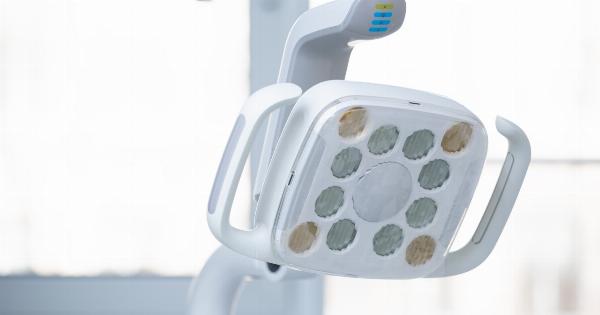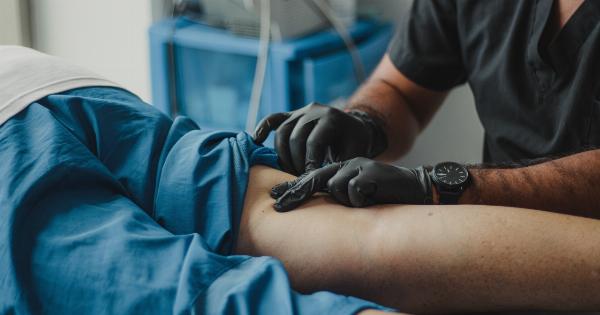Scoliosis is a condition in which the spine curves abnormally, usually in a sideways direction. This curvature can be mild or severe, and can cause problems with breathing, movement, and pain.
Traditional treatment for scoliosis includes bracing or surgery, but recent advances in technology have brought about a new treatment option – magnetic implantation technology.
What is Magnetic Implantation Technology?
Magnetic implantation technology involves the use of magnets to correct spinal curvature. A small, magnetic implant is placed in the patient’s spine, which is then activated by an external magnetic field.
This causes the implant to move, which in turn corrects the alignment of the spine.
How Does Magnetic Implantation Technology Work?
The magnetic implant used in scoliosis treatment is called a Magec rod. This rod is surgically implanted in the patient’s spine, and can be adjusted as needed using an external remote control.
When the remote control is activated, it sends a magnetic field to the Magec rod, causing it to lengthen and straighten the spine.
Benefits of Magnetic Implantation Technology
Magnetic implantation technology offers a number of benefits for scoliosis patients. Some of the most notable benefits include:.
- Reduced need for surgery: Because the Magec rod can be adjusted remotely, patients may require fewer surgeries compared to traditional treatment methods.
- Improved quality of life: Magnetic implantation technology can help improve the patient’s breathing, movement, and overall quality of life.
- Reduced pain and discomfort: Patients who undergo magnetic implantation technology may experience less pain and discomfort compared to those who undergo traditional treatment methods.
Who is a Candidate for Magnetic Implantation Technology?
Not all scoliosis patients are candidates for magnetic implantation technology. Patients who may benefit from this treatment include those with:.
- Moderate to severe spinal curvature
- Scoliosis that is likely to progress
- Adequate space in the spinal column for the Magec rod to be placed
- The ability to understand and comply with post-operative care instructions
What to Expect During the Procedure
The procedure to implant the Magec rod typically takes several hours to complete, and is performed under general anesthesia. After the implant is inserted, the patient will be monitored closely to ensure that there are no complications.
Most patients are able to go home within a day or two after the procedure.
Post-Operative Care
After the procedure, patients will need to follow specific instructions to ensure that the implant functions properly and that the spine continues to heal properly.
This may include regular remote adjustments of the Magec rod, as well as physical therapy and other forms of rehabilitative care. It is important for patients to follow all post-operative instructions carefully to ensure the best possible outcome.
Possible Complications
Like any surgical procedure, magnetic implantation technology carries some risk of complications. Some possible complications may include:.
- Infection at the site of the incision
- Bleeding or swelling
- Failure of the implant to function properly
- Allergic reaction to the implant materials
Conclusion
Magnetic implantation technology offers a new and innovative treatment option for scoliosis patients. While it is not suitable for everyone, it can be a highly effective way to correct spinal curvature and improve quality of life.
If you or a loved one is living with scoliosis, speak to a healthcare professional to learn more about this exciting new treatment option.




























